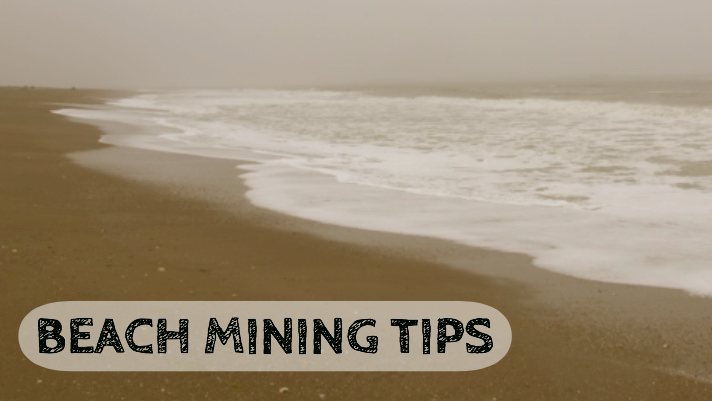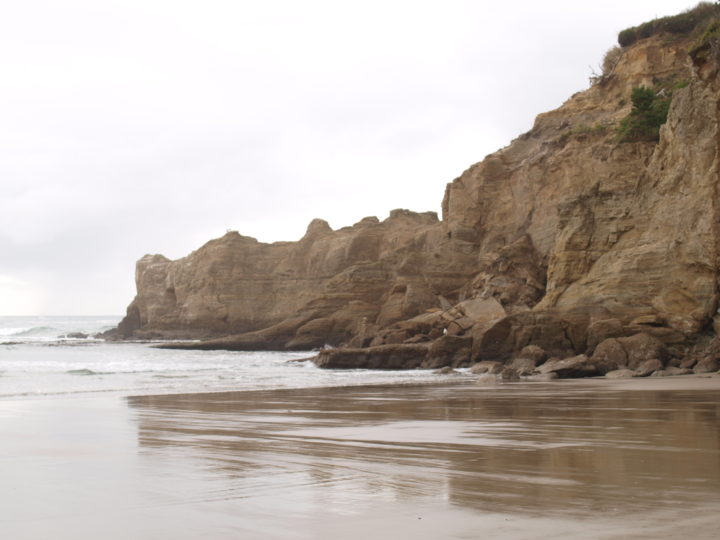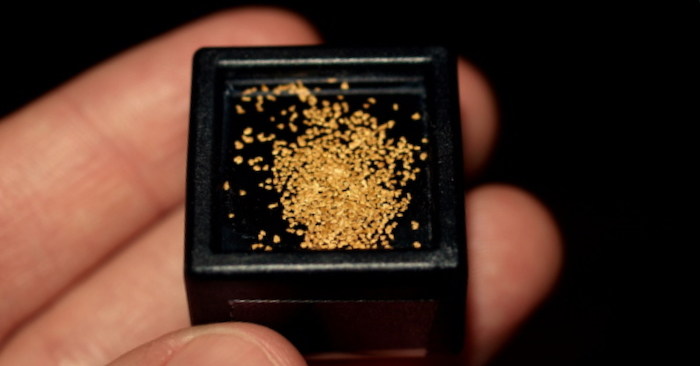
The recovery of fine gold has always been a huge challenge for prospectors. The smaller a piece of gold is the harder it is to recover. Plus, how small does gold have to be before you realize that it just isn’t worth the effort to recover.
As a result, many gold prospectors have avoided the idea of beach mining. The process comes with extra labor and demands a lot of determination and patience for one to have reasonable and definite results.
There are some pretty rich beach deposits out there though. In fact, some prospectors specialize in mining gold from beach sands. It is particularly rich at certain beaches in Oregon, Washington, and Alaska.
In this article, let’s look at some basic tips an individual can employ in maximising the collection of those tiny gold from the beaches. If you learn to do it properly, you might be quite surprised with how much gold you actually are able to recover.
Feed it Slow
First and foremost, you should not be in a hurry to process the sand from the beaches. Miners can have a tendency to work fast in an effort to process as much material as possible. This is generally a pretty good idea, but when mining beach sands it will cause you all sorts of troubles.
The gold bearing sands along the Pacific Ocean beaches are heavily made up of black sands. These are heavier iron minerals that weigh more that normal sand, and they will overload your gear if you feed it too quickly. Instead, feed sand into your equipment at a measured, even pace that gives the sand proper time to sort over the riffles.

Getting the Proper Setup is a Must
Ensure that the equipment to be used is properly setup for fine gold recovery. The only way to do this with consistency is with a lot of trial and error until you get things right. However, talking with other prospectors who mine beach sands in your areas can really help.
Even with beach sands, classifying is very important because you will still find occasional rocks, sticks, seashells and other fragments that will effect your sluice. In fact classifying is even more important with beach mining because even the slightest disturbances can blow that fine gold right out of your sluice.
If your area allows it, a battery-powered bilge pump to operate the beach sluices works really well. Miners in Alaska and Washington generally prefer this setup with either a sluice or a Gold Cube. Unfortunately the laws in Oregon do not allow any types of motors so pumps cannot be used.
The equipment being used must also be cleaned frequently as this would help to avoid clogged riffles. Again, you will need to do some experimentation to determine just how frequently you need to do a clean up, since this will vary a lot depending on the concentration of black sands in your mix.

Run the Best Material You Can
Beach sand is certainly not all the same. Seek out darker sands that have a higher composition of hematite, magnetite, and the other black sands. This is where the gold is hiding.
You will find that black sands will form in layers and bands within the sand. Digging a hole straight down will often show that there are several different pay layers. Some may be very rich while others may be almost completely devoid of gold. Only run the richest material to maximize your time.
Do a personal study of the beach you intend to prospect and look for places that look like they would be good to set up. Personally I like to be away from the crowds, so I will avoid parking areas and the more popular tourist beaches in favor of more secluded locations.

When You Can’t Use a Pump…
Since the entire beach in Oregon is a State Park, they have restrictions on mining activity. One of these restrictions is that you cannot use any motorized equipment and this even includes small electric pumps. It’s really too bad since these little pumps don’t make much noise and they sure make mining beach sands a lot easier.
In this case your best bet is to use a sluice box. Since you need consistent flow in one direction (which the ocean does not provide) you will need to seek out a small feeder stream flowing into the ocean. Fortunately there are many of these along the coastline during most of the years since there is so much rain here. It still does limit you somewhat, but it is your best option.
Where a sluice box is used, prospectors must make sure there is consistence in the flow of water for sluicing by setting up a box where the creek or river joins the ocean as this would enable the sand to run through and reasonable gold can be recovered in the process.
Sample Panning Those Black Sand Streaks
If you are in an area where gold is known to exist then visually identifying black sands can work pretty well, but a gold pan can still come in handy. I like to take lots of test pans when I get to an area and count the specks of gold I find in the bottom of my pan to determine where to dig for the day.
You’d be surprised just how much the beach can change from day to day. An area that might be rich with gold can be completely barren the next. Everything can change with the tides.
And of course you can always use a gold pan as your primary piece of equipment, just don’t expect to get rich! It will take a whole lot of panning to recover even a small amount of gold. Larger equipment is always better.
Dealing with Beach Concentrates
Some of the black sands that you accumulate in your concentrations will be magnetic. Obviously a strong magnet will help you remove it. A really neat tool for this job is called the “Spin it Off” Black Sand Magnetic Separator. Have a look at this quick video below and you will see just how handy this would be to aid with the removal of magnetite from your gold concentrates.
Of course you can also just use a standard magnet, or even better is one of those quick release magnets. They all work, and they are a must-have for the final process of getting out the gold.
It is also important to see to it that gold is prevented from floating on the water, a common problem with very tiny gold. This might seem strange to a beginner, but the surface tension of the water is actually enough to cause gold to float! Breaking the surface tension of water using jet dry or dish washing soap by simply adding a few drops in the pan would help, especially when doing the final clean up.
For final cleanup a Blue Bowl Concentrator is fantastic. These have been used by placer miners for years and they are still hard to beat. As with your mining equipment, proper setup and operation is critical to ensure the best gold recovery.
Can You Actually Find Much Gold in Beach Sands?
Most people have heard of the famous beach placer at Nome, Alaska. Another rich discovery was Gold Beach, Oregon. The early prospectors worked these beach deposits for many years and recovered enough gold to be profitable.
Those rich deposits didn’t last forever. After a few years, most miners moved on. With the crude mining methods of that time, it was only possible to make a profit because the sands were so rich. Once they had been depleted the miners moved on.
After that, the beach placers of the Pacific Ocean were mainly ignored. It was hard to recover enough gold to be worthwhile. Certainly a casual prospector could recover some fine gold for their collection, but certainly not in paying quantities. Most prospectors looked elsewhere for richer deposits.
Modern equipment had changed things a bit in recent years. In particular, I have seen a lot of Gold Cubes on the beach. These things are designed for fine gold and they work exceptionally well for fine gold. Along with big improvements in sluice matting material, it is much easier to capture fine gold than it once was.
Can You Make Money?
I know a few guys now that do really well mining on the beach. Most of them are running several Gold Cubes at once and have a good system in place. They aren’t cheap, so there is a good investment into their equipment. They have also taken the time to optimize their operations and have learned how to best catch all that tiny gold.
If you think about how much sand there is on the beach – there is actually a lot of gold out there! If you are talking about an areas spanning from Oregon to Alaska there is billions of dollars worth of gold scattered throughout the sand, but scattered is the key word here.
Successful beach mining require patience. Getting each step of your operation “dialed in” is critical. The tiny gold you find in sand is a unique challenge different than most other types of mining. It is possible to recover good gold though. Realistically I think it is possible to get several grams per day, but you need to be in the right area, with the right equipment and do everything just right. It can be done.
Next: Using Shaker Tables for Fine Gold Separation







